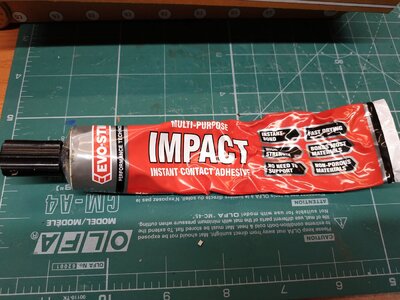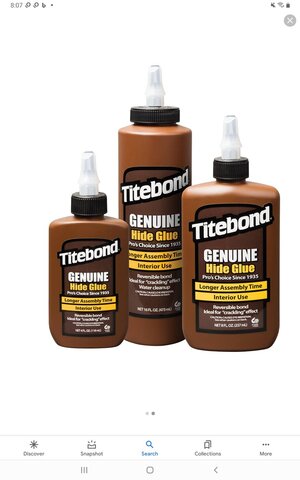Hello folks,
I've finished the false hull cladding on my Artesania Latina dhow and the next stage is to glue the 0.5mm(?) thick hardwood planks for which the instructions recommend contact adhesive. I've had experience of this before and I know how 'stringy' and unforgiving this glue can be.
What would you recommend please, bearing in mind that I'm UK based and might not be able to buy the same glue as our American/Canadian friends use.
Thank you. Dudley
I've finished the false hull cladding on my Artesania Latina dhow and the next stage is to glue the 0.5mm(?) thick hardwood planks for which the instructions recommend contact adhesive. I've had experience of this before and I know how 'stringy' and unforgiving this glue can be.
What would you recommend please, bearing in mind that I'm UK based and might not be able to buy the same glue as our American/Canadian friends use.
Thank you. Dudley










